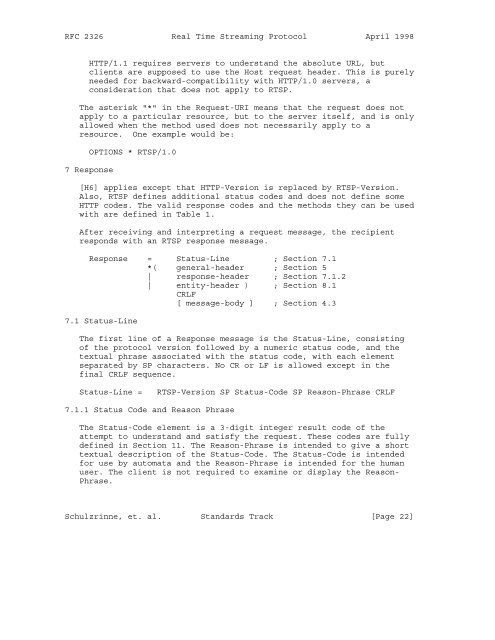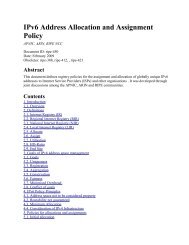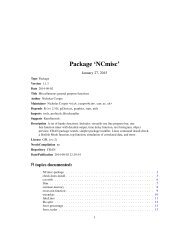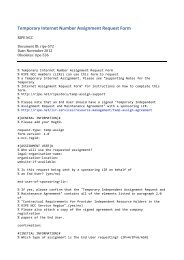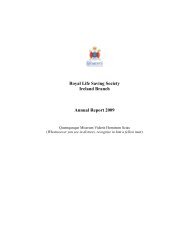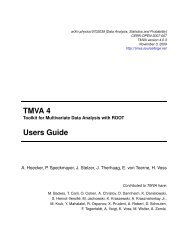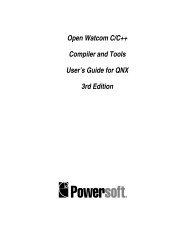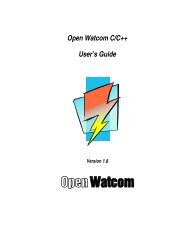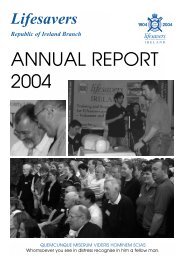Standards Track A. Rao Netscap - RFC Editor
Standards Track A. Rao Netscap - RFC Editor
Standards Track A. Rao Netscap - RFC Editor
Create successful ePaper yourself
Turn your PDF publications into a flip-book with our unique Google optimized e-Paper software.
<strong>RFC</strong> 2326 Real Time Streaming Protocol April 1998HTTP/1.1 requires servers to understand the absolute URL, butclients are supposed to use the Host request header. This is purelyneeded for backward-compatibility with HTTP/1.0 servers, aconsideration that does not apply to RTSP.The asterisk "*" in the Request-URI means that the request does notapply to a particular resource, but to the server itself, and is onlyallowed when the method used does not necessarily apply to aresource. One example would be:OPTIONS * RTSP/1.07 Response[H6] applies except that HTTP-Version is replaced by RTSP-Version.Also, RTSP defines additional status codes and does not define someHTTP codes. The valid response codes and the methods they can be usedwith are defined in Table 1.After receiving and interpreting a request message, the recipientresponds with an RTSP response message.Response = Status-Line ; Section 7.1*( general-header ; Section 5| response-header ; Section 7.1.2| entity-header ) ; Section 8.1CRLF[ message-body ] ; Section 4.37.1 Status-LineThe first line of a Response message is the Status-Line, consistingof the protocol version followed by a numeric status code, and thetextual phrase associated with the status code, with each elementseparated by SP characters. No CR or LF is allowed except in thefinal CRLF sequence.Status-Line =RTSP-Version SP Status-Code SP Reason-Phrase CRLF7.1.1 Status Code and Reason PhraseThe Status-Code element is a 3-digit integer result code of theattempt to understand and satisfy the request. These codes are fullydefined in Section 11. The Reason-Phrase is intended to give a shorttextual description of the Status-Code. The Status-Code is intendedfor use by automata and the Reason-Phrase is intended for the humanuser. The client is not required to examine or display the Reason-Phrase.Schulzrinne, et. al. <strong>Standards</strong> <strong>Track</strong> [Page 22]


